Cleaning can sometimes feel like a never-ending battle, especially when you’re faced with stubborn stains or hard-to-reach grime. But what if I told you that your home is already full of secret cleaning weapons? That’s right – many everyday items you have lying around can double as brilliant cleaning tools. These common household objects can tackle all sorts of cleaning challenges, from grimy ovens to water-stained taps. Not only will these tricks save you money on specialised cleaning products, but they’re often more environmentally friendly too.
Tea Bags
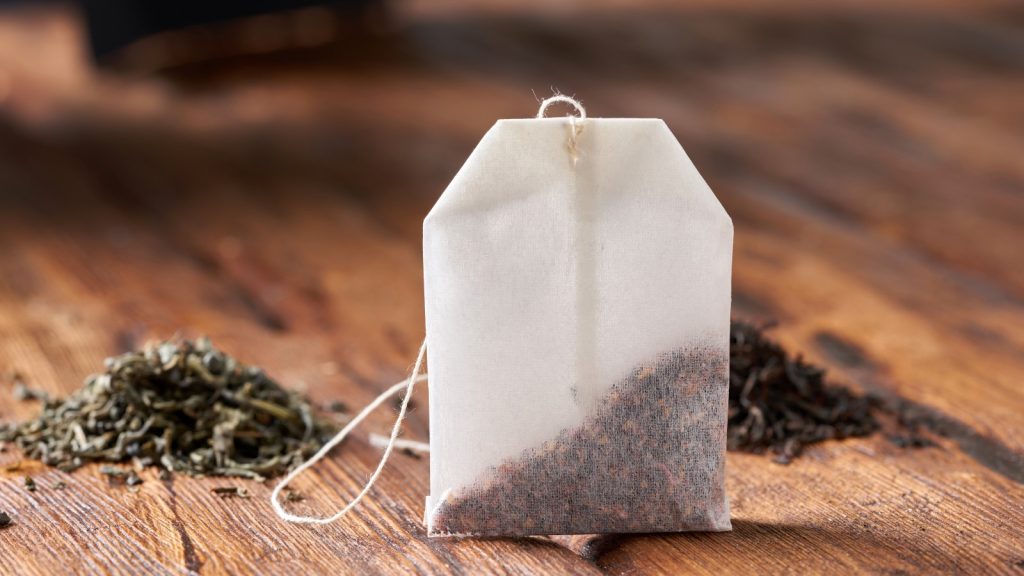
Used tea bags are surprisingly effective cleaning tools. The tannins in tea can help break down grease and grime, making them perfect for cleaning greasy dishes or wiping down kitchen surfaces. They’re also great for cleaning mirrors and glass – just wipe with a damp tea bag and buff with a dry cloth for a streak-free shine. As a bonus, used tea bags can help neutralise odours in your fridge or bin.
Newspaper

Don’t bin those old newspapers just yet – they’re brilliant for cleaning windows. Crumple up a sheet of newspaper and use it with your usual window cleaner for sparkling, streak-free results. The fibres in the paper help to absorb dirt and moisture, leaving your windows crystal clear. Just be careful with coloured inks, as they might transfer to light-coloured window frames.
Salt
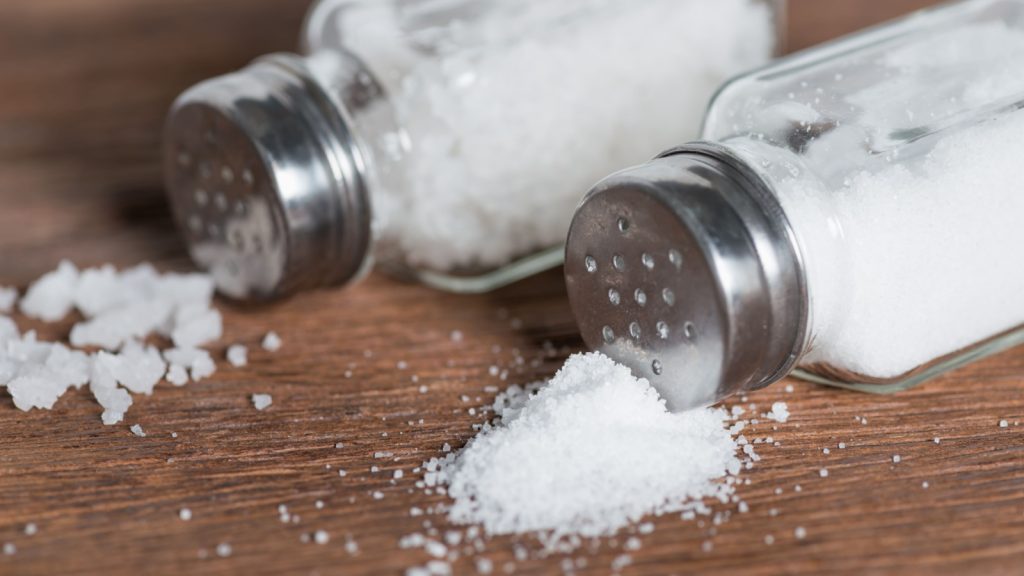
This kitchen staple is a powerhouse when it comes to cleaning. Coarse salt works as a gentle abrasive, making it perfect for scrubbing cast iron pans or removing water stains from flower vases. Mixed with lemon juice, it can tackle copper pans and brass ornaments. For a natural drain cleaner, pour a mixture of salt and hot water down the plug hole.
Bread
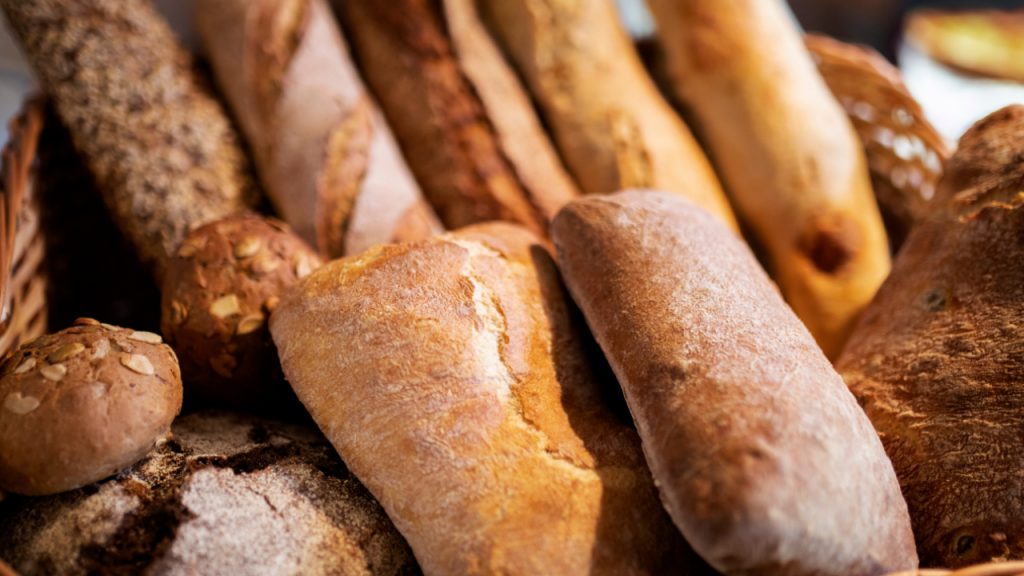
Believe it or not, a slice of bread can be a handy cleaning tool. Use it to pick up small fragments of broken glass that your brush might miss – the soft texture grabs onto tiny shards. Stale bread can also be used to clean marks off walls or absorb grease spills. Just remember to bin the bread afterwards, as it will have picked up the dirt or glass.
Vinegar

White vinegar is a cleaning superhero. Its acidic nature makes it brilliant for breaking down limescale on taps and showerheads. Mix it with water for a natural all-purpose cleaner, or use it neat to tackle tough stains in the loo. It’s even effective at removing odours – leave a bowl of vinegar in a room overnight to neutralise stubborn smells.
Bicarbonate of Soda

This baking ingredient is a cleaning marvel. Its mild abrasive quality makes it great for scrubbing sinks and bathtubs without scratching. Mixed with water to form a paste, it can clean grout and remove tea stains from mugs. Sprinkle it on carpets before vacuuming to neutralise odours. It’s also brilliant for freshening up smelly trainers – just sprinkle some inside and leave overnight.
Lemons

These zesty fruits are natural cleaning powerhouses. The acid in lemon juice can cut through grease and limescale, making it great for cleaning kitchen surfaces and taps. Rub a cut lemon on a chopping board to disinfect and deodorise it. You can even use half a lemon to clean your microwave – heat it in a bowl of water for a few minutes, then wipe down the softened grime.
Cola
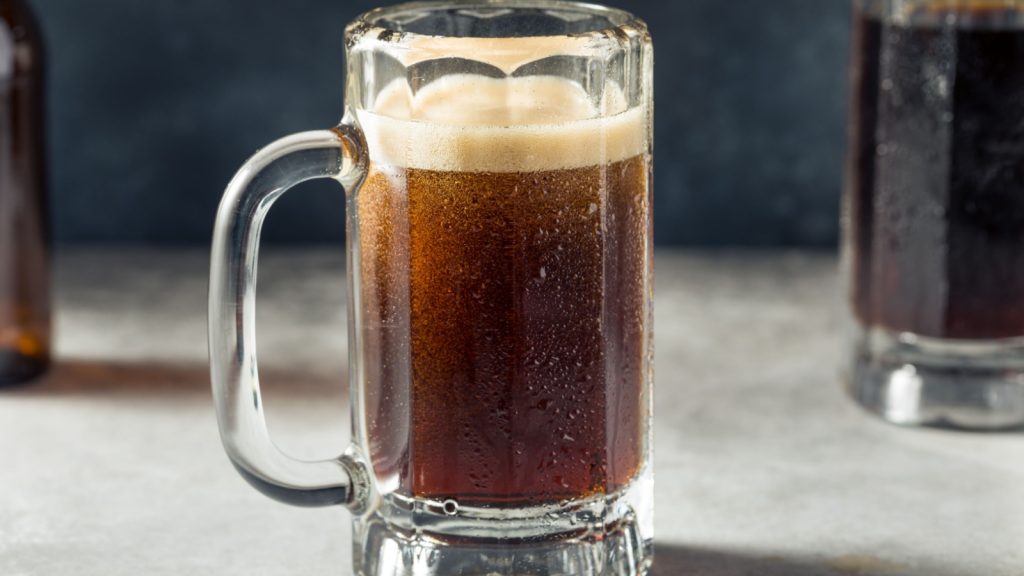
Your favourite fizzy drink can double as a cleaning agent. The phosphoric acid in cola makes it effective at removing limescale from toilets – just pour in a can, leave for an hour, then flush. It can also help to loosen rust on metal objects. Be cautious though, as the sugar content can leave a sticky residue if not rinsed thoroughly.
Mayonnaise

This sandwich spread isn’t just for lunch – it’s also a surprisingly effective cleaner. The oil in mayonnaise can help remove water stains from wooden furniture. It’s also great for getting crayon marks off walls – just apply, leave for a few minutes, then wipe clean. You can even use it to shine up the leaves of houseplants – just be sure to wipe off any excess.
Banana Peel

Don’t toss that banana peel – it’s a natural leather polish. The oils in the peel can nourish and shine leather shoes or furniture. Simply rub the inside of the peel on the leather, then buff with a soft cloth. It’s a chemical-free way to keep your leather items looking their best. As an added bonus, it’s completely compostable afterwards.
Vodka

This party drink can moonlight as a cleaning agent. Its high alcohol content makes it an effective disinfectant. Use it to clean and disinfect your phone or computer keyboard. It’s also great for removing stubborn stickers or labels – just apply with a cloth and the adhesive should wipe right off. For a natural room freshener, mix vodka with your favourite essential oils in a spray bottle.
Coconut Oil

This versatile oil isn’t just for cooking. Its natural antibacterial properties make it great for cleaning and conditioning wooden cutting boards and utensils. It can also be used to remove sticky residue from jars or labels. For a natural furniture polish, mix equal parts coconut oil and lemon juice. Just be sure to use it sparingly to avoid a greasy finish.
Coffee Grounds

Used coffee grounds are abrasive enough to scrub tough stains but gentle enough not to scratch. They’re perfect for scouring greasy pots and pans. Sprinkle them on your garden paths to deter slugs and snails. You can even use them to neutralise odours in your fridge – just place a bowl of grounds on a shelf for a few days.
Toothpaste

The mild abrasives in white toothpaste make it useful for more than just teeth. It can help remove scuff marks from leather shoes or trainers. Use it to polish chrome fixtures or remove water stains from wooden furniture. It’s even effective at cleaning tarnished silver – just apply with a soft cloth, rinse, and buff dry.
Onions

These pungent vegetables can help you clean your grill. Cut an onion in half and rub it over hot grill grates to remove stuck-on food and grease. The natural enzymes in the onion help break down grime. As a bonus, it can help season your grill and add flavour to your next barbecue. Just be sure to use a fork or tongs to hold the onion to avoid burning your fingers.
18 Everyday Things Amish Women Aren’t Allowed to Do

The Amish culture is known for its simple way of life and adherence to traditional values. While this lifestyle may seem appealing to some, there are certain restrictions that Amish women face that most modern women do not. Take a look at these things that we take for granted that are off-limits to Amish women.
Read More: 18 Everyday Things Amish Women Aren’t Allowed to Do
21 Things Pilots Are Forbidden to Do During Flights

Have you ever wondered what rules pilots must follow while they’re in the cockpit? Being a pilot is a job that comes with a lot of responsibility and a strict set of rules to ensure the safety of everyone on board.
These rules ensure that pilots maintain the highest standards of safety and professionalism while flying. By adhering to these guidelines, they help ensure that every flight reaches its destination safely.
Read More: 21 Things Pilots Are Forbidden to Do During Flights
16 American Foods Brits Can’t Stand
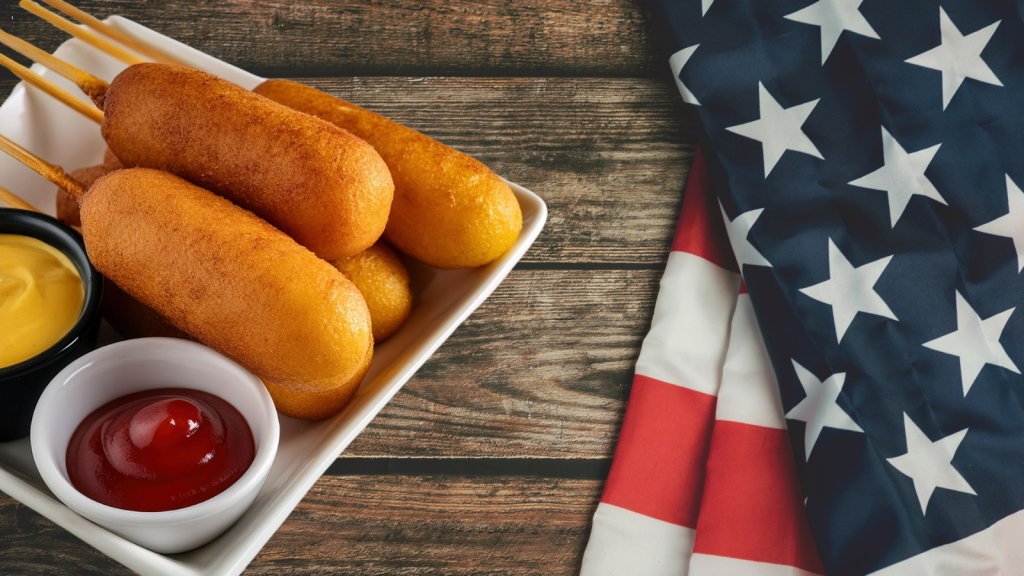
Food preferences can vary wildly across cultures, and what’s considered a delicacy in one country might be seen as downright bizarre in another. This cultural divide is particularly evident when comparing American and British cuisines. While the two nations share a common language, their tastes in food can be worlds apart. From overly sweet concoctions to processed cheese products, there are certain American foods that many Brits find hard to stomach.
Read More: 16 American Foods Brits Can’t Stand
15 Worst British Cars That Were Truly A Nightmare to Own

Ever had a car that seemed more at home in the garage than on the road? You know, one of those vehicles that made every drive feel like a gamble—”Will we make it this time?” If that sounds familiar, you might find an old nemesis (or should I say, chassis?) on this list. Join me on a slightly exasperating, yet nostalgic journey as we revisit some of the most frustratingly unreliable British cars ever made.
Read More: 15 Worst British Cars That Were Truly A Nightmare to Own
Katy Willis is a writer, master herbalist, master gardener, and certified canine nutritionist who has been writing since 2002. She’s finds joy in learning new and interesting things, and finds history, science, and nature endlessly fascinating.

